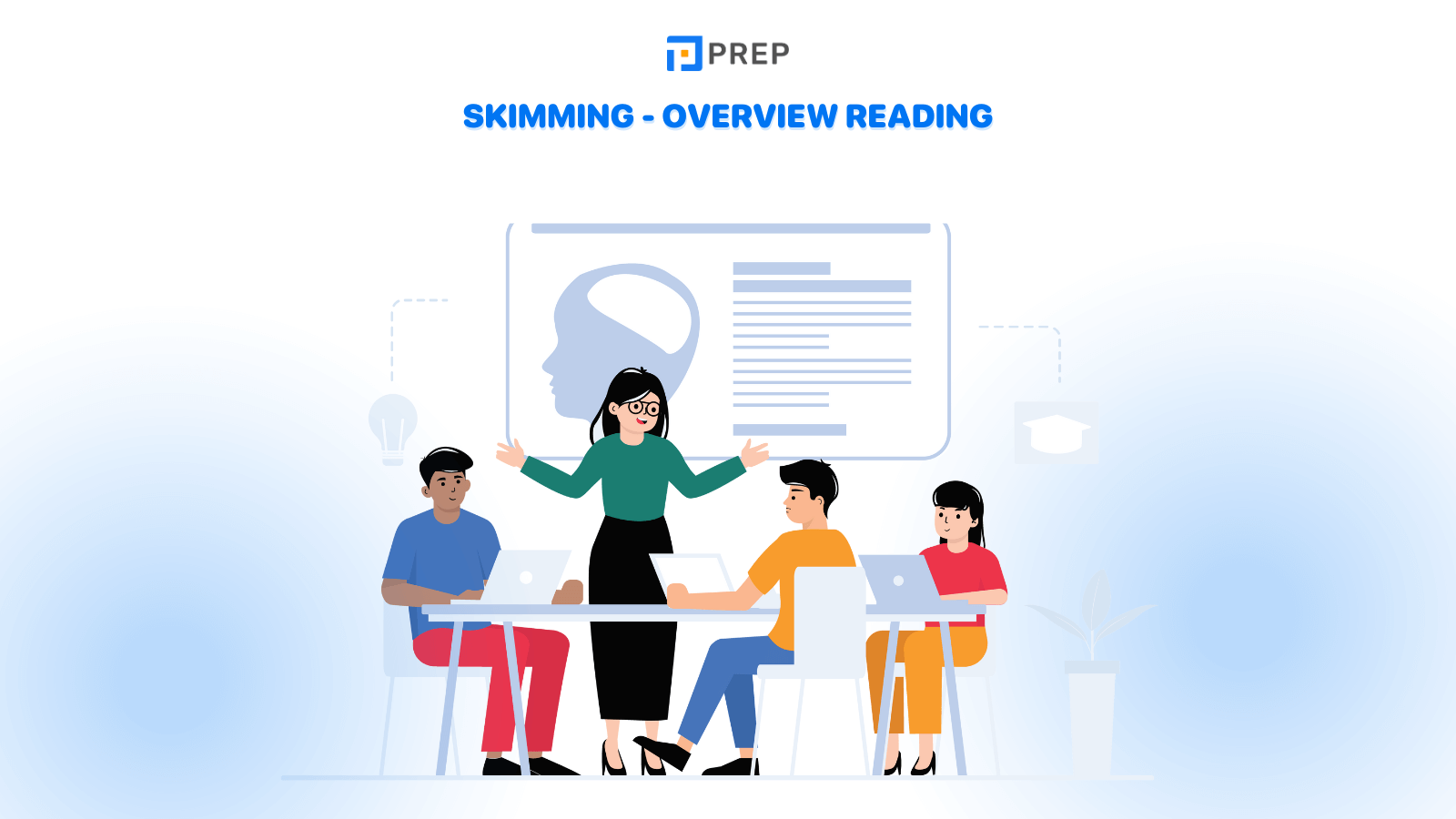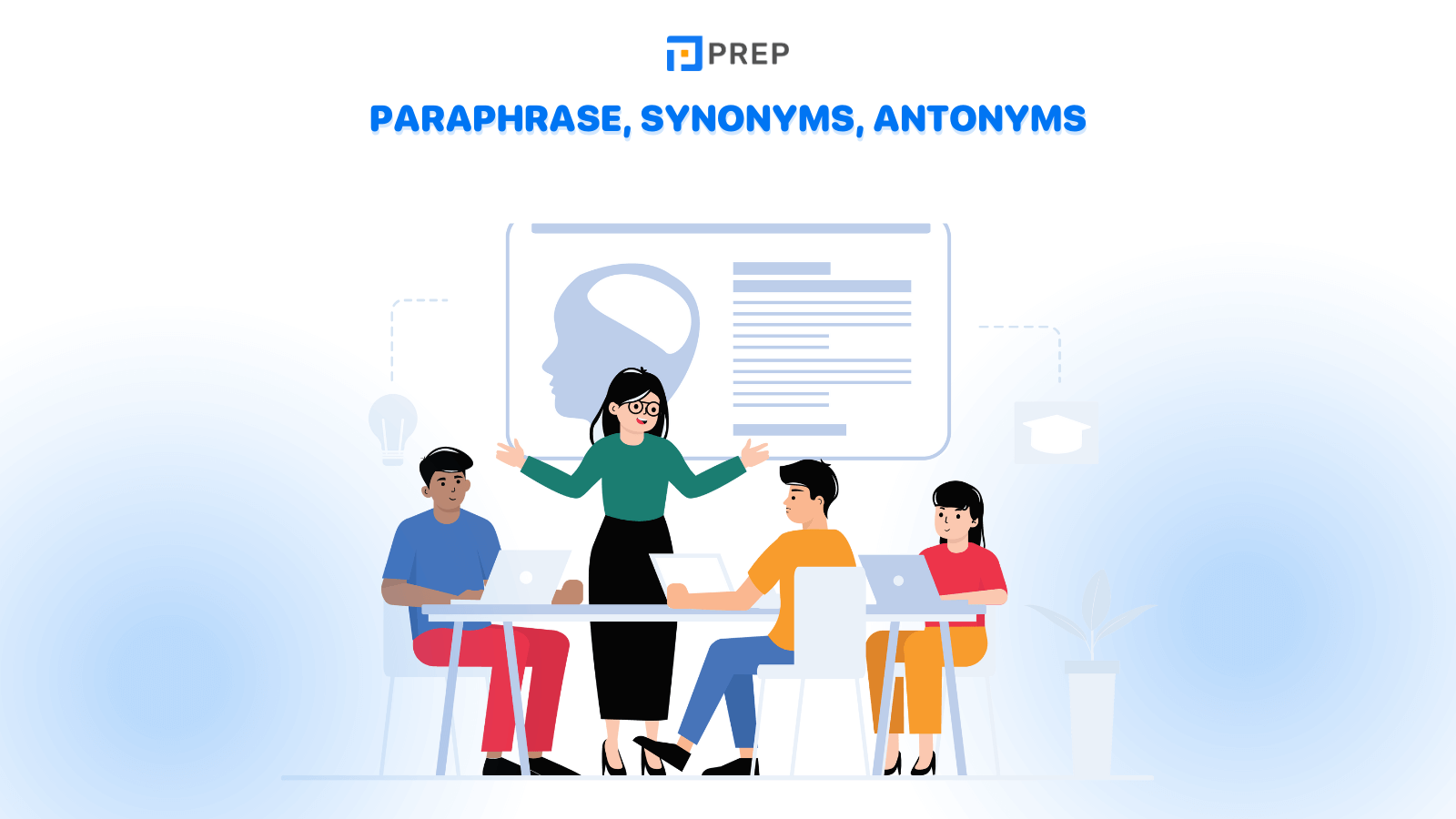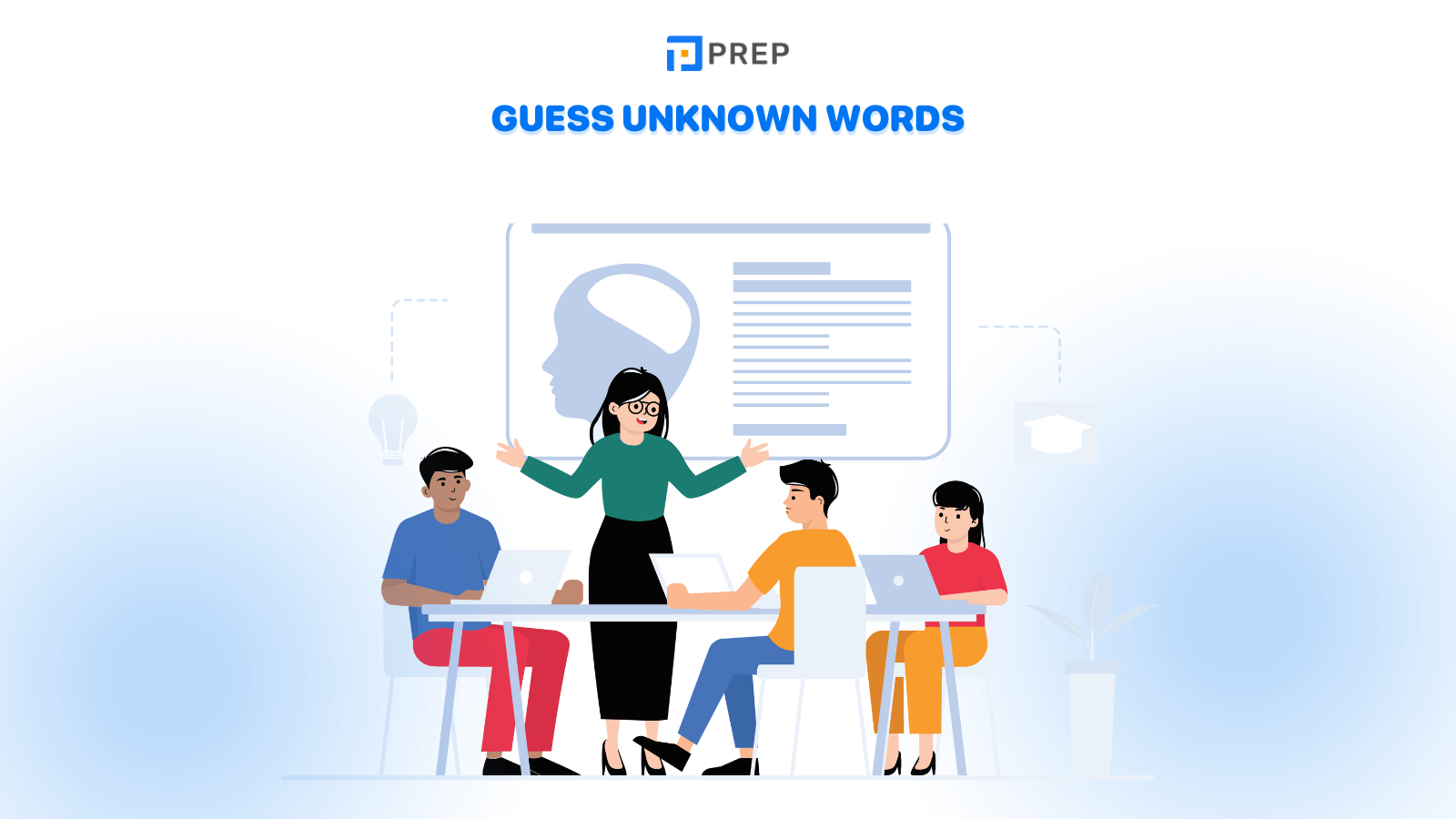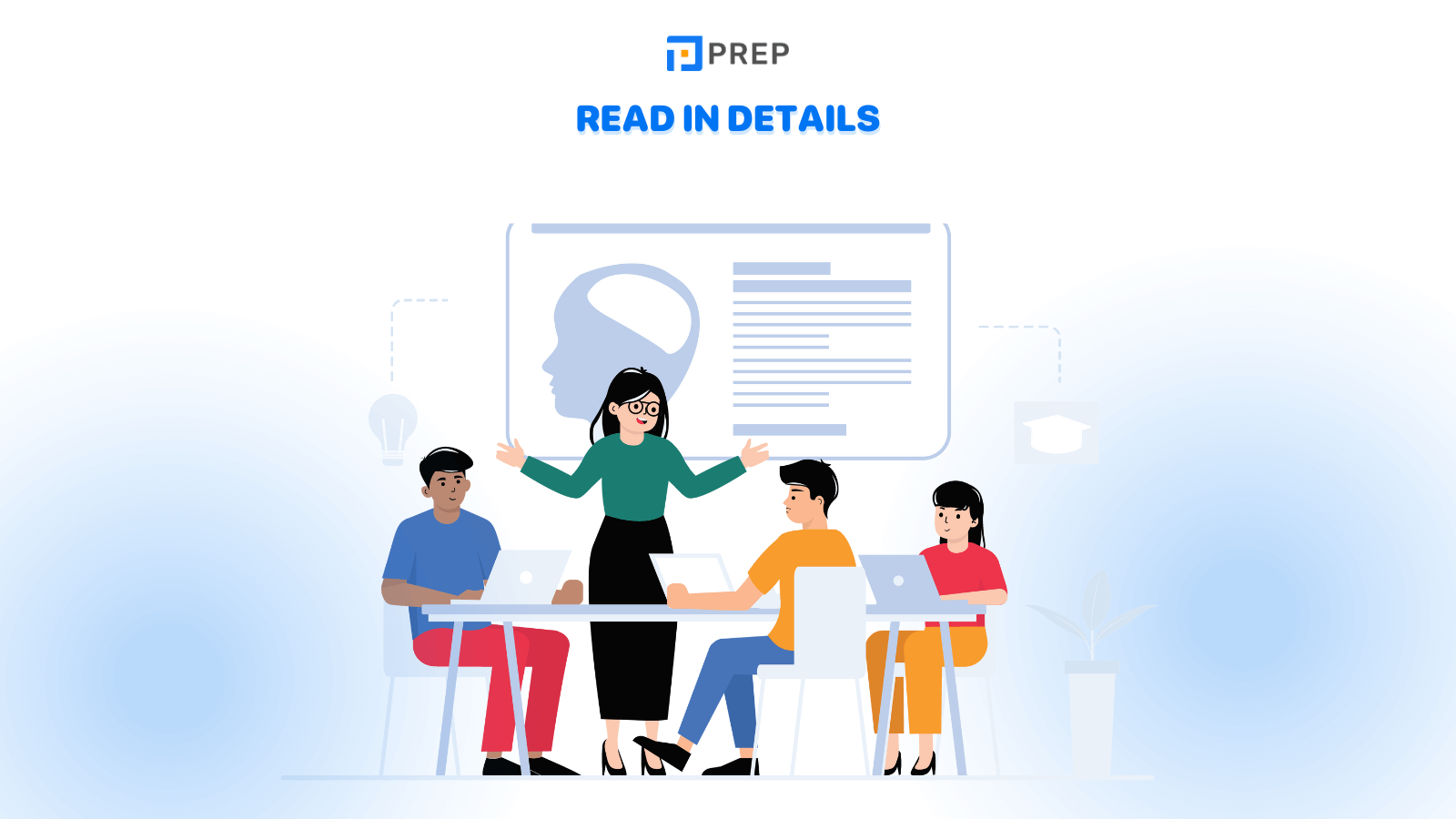Search blog
5 IELTS Reading tips and handling all types of reading tasks effectively
To secure a top score in the IELTS Reading section, mastering English is essential, but knowing specific strategies for this part of the exam can also significantly boost your performance. In this guide, we'll reveal 5 IELTS Reading tips, covering strategies for answering every question type you'll encounter.
I. Skimming - Overview Reading
The first and crucial skill in the series of IELTS Reading tips is Skimming. Skimming is the ability to read quickly to grasp the overall content, or reading from top to bottom. Skimming can help you answer general questions belonging to question types such as Matching headings, Summary completion, and Multiple-choice questions - MCQs, in the fastest and most effective way. Furthermore, skimming helps you identify information, narrow down the search area for detailed reading.
For example, in the Matching headings question type, the task is to match each paragraph with the corresponding heading. Without skimming, you would have to read the entire passage. However, with skimming, you only need to read the main ideas or topic sentences.
To skim effectively, pay attention to the following characteristics: The main idea is key and can be found in the first, the last, the second sentence, or even the entire paragraph.

II. Scanning - Reading for detailed information
Instead of searching for main ideas like Skimming, the next tip for IELTS preparation - Scanning is also crucial as it helps us find details - specific pieces of information.
Scanning is the skill of reading quickly, simply reading from left to right. Similar to skimming, scanning is very useful in quickly locating important information. After skimming through the passage to get a general understanding, scanning is responsible for accurately locating specific areas of detailed information to answer questions. You can apply scanning to answer questions about details in question types such as MCQ (Multiple Choice Questions), Short answer, Y/N/NG (Yes/No/Not Given), and True/False/NG.

Read more:
III. Paraphrase, Synonyms, Antonyms
Just as the name suggests, this is the next tip in the IELTS Reading tips series that requires you to have the ability to understand the meaning and vocabulary of words in order to find their synonyms and antonyms. In other words, you need to grasp how the author paraphrases them. This makes it easier to search for and compare information in the questions and passage.
By adopting this approach, you'll learn to identify how questions might be rephrased using synonyms or opposites, meaning the question's wording might not directly match the passage's text. Over time, you'll get better at spotting and comparing information across sentences, enhancing your ability to scan quickly and efficiently, thus saving considerable time.

IV. Guess unknown words
Although you may have a diverse vocabulary, there will still be times when you encounter unfamiliar words that you have never come across before. So what should you do in those situations? Scratch your head? Or give up and circle randomly? No! In such moments, guessing unknown words based on meaning is crucially important.
- Step 1: Determine the topic of the passage. Remember that we can quickly do this by observing the first or last sentence. If the passage is about mistakes, we can predict that the words in the passage are likely to have a negative connotation.
- Step 2: Observe the surrounding words to speculate the meaning of the vocabulary.
- Based on the topic of the reading or the passage to guess the meaning of the word.
- Based on the context or the words around to guess the meaning of the word.

V. Read in details
After skimming and scanning the passage, one of the most important IELTS Reading tips is to read in detail. Specifically, after scanning to identify the information area, we use paraphrasing and guessing unknown words from sections 3 and 4 to read in detail and fully understand the intended meaning conveyed by the author. Additionally, if you have a good vocabulary, you can even translate the sentence into your native language to fully understand its meaning.
This skill is pivotal since it applies predominantly to the prevalent question formats encountered in the IELTS Reading section, constituting approximately three-quarters of the total score. These formats include Multiple Choice Questions (MCQs), Matching Sentence Endings, True/False/Not Given (T/F/NG), and Yes/No/Not Given (Y/N/NG). Additionally, to engage in detailed reading, a robust vocabulary and a comprehensive grasp of grammar are essential. Consequently, acquiring this skill demands dedicated effort and consistent practice.

VI. Conclusion
In this article, Prep has shared all 5 IELTS Reading tips. If you have any further questions or would like Prep to provide additional tips for other types of tasks, please don't hesitate to comment below! Good luck with your studies!

Comment
Search blog
Đăng ký tư vấn lộ trình học
Bạn hãy để lại thông tin, Prep sẽ liên hệ tư vấn cho mình ngay nha!
